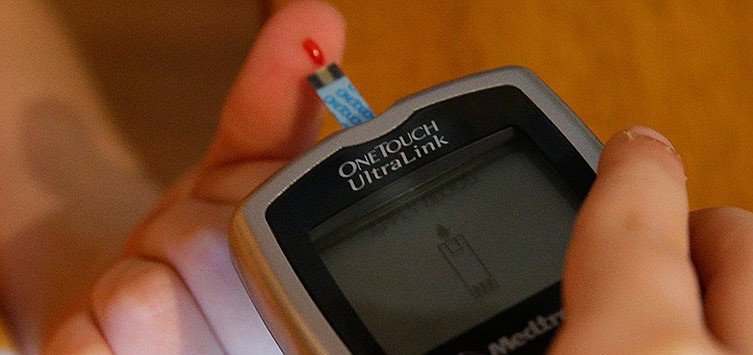If you've ever heard the term "borderline diabetes" from your doctor, there's another term for it - prediabetes.
A large number of Americans are in the blood sugar range of "too high for normal" blood sugars, yet "not quite high enough" for a diabetes diagnosis.
Prediabetes is a warning sign that things are moving in the wrong direction.
Don't ignore it!
There's a high probability it will turn into diabetes if you don't take action. Don't take this term too lightly because it also increases your risk of heart disease and strokes.
The good news is for most people, lifestyle changes can delay or even prevent prediabetes from turning into diabetes. If you are overweight, losing as little as 5-10 percent of your weight can improve the way the insulin in your body works. Insulin is a hormone produced by your pancreas that is involved in blood sugar regulation. For a 200-pound person, 10-20 pounds of weight loss can show improvements.
Another lifestyle change is physical activity. Adding 30 minutes per day of moderate exercise will also help improve blood sugars. Exercise helps blood pressure, circulation and mood as well!
Making healthier food choices is another lifestyle factor. Watching calories is an important part of weight control.
However, the foods you choose more of at meals should include low fat protein sources (beans, lean meat, fish), vegetables and whole grains. Limit sugary foods and avoid sugar laden beverages (such as soft drinks and sugar sweetened teas and coffee drinks). Include plenty of high fiber foods to help keep you full and avoid overeating. Nuts, fresh fruits, vegetables and whole grains for snacks are healthy choices.
Check inside for a quick and healthy meal idea that includes lean protein and vegetables. You can top the fajitas with avocado to add healthy monounsaturated fat, along with salsa or pico de gallo for more flavor. Use low fat plain Greek yogurt in place of sour cream as a healthy alternative to lower the fat content.
Emily Aughtman is a registered dietitian and certified diabetes educator who has worked at SSM Health-St. Mary's Hospital in Jefferson City for more than 15 years.


